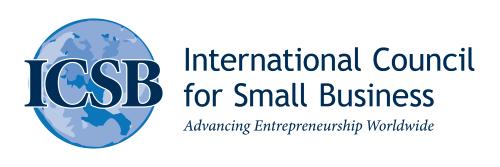Monday, Septemeber 7, 2020, by Lenore Miller
The panelists for “Arts and Entrepreneurship” (September 1, 2020) described both practicality and idealism under the current circumstances of distancing and digital outreach. The “new normal” of virtual representation was discussed by Tim Davis and Pat Thornton, who are forces in bringing the community together with positive visualization. Tim was talking about his work as an artist, curator and educator. Brave Spaces is an online exhibition exemplary of the crux of the webinar— i.e. “Resilience” in these changing times, as represented by International Visions & Consulting. All the artists presented and discussed had inspiring examples of their work. Pat Thornton serves as the Executive Director of Gateway Community Development Corporation, an organization that has focused on revitalization efforts from an art-centered perspective enabling 25 studios for artists, and provides support and advocacy for its tenants and the broader arts community in the Gateway Arts District. A pioneering step was launching the first-ever virtual Open Studios.
Tim and Pat’s remarks generated conversation about success as being true to passion and true to purpose for an artist’s identity. Truth and trust are key words here: and I would also add authenticity for the serious artist. A tangible product is not necessary nor is the handmade better than those fabricated by mechanical intervention, or even a “team” approach — it is the concept behind the work that must drive value and be worth appreciating.
An artist is an entrepreneur in that the artist is creating a “personal brand.” The artist has freedom to be his/her own boss. The brand is distinguished by the style or format for which the artist is or will become known. It must be consistent and recognizable, and innovative, striving for something new!
Just as the entrepreneur needs an idea and pertinent education and business acumen to bring it into the public realm, the artist needs to bring a vision to life and embody it in the real or virtual world. All the “isms” of art of the 20th Century were new ideas with manifestos. The artist builds upon these strengths and since everyone is unique, a unique touch, innovation occurs within every generation.
To “build a resilient community” new ways are needed to bring people and organizations together in cooperative systems within a community to effect positive change for the betterment of society. I applaud the efforts of ICSB to look at business in a more humane and sensitive environment. The arts can driving force in achieving inclusivity and cultural awareness. The arts make us human.
In order to build on these ideas, in future webinars, we need to develop a bibliography and concrete examples. We need a parallel vocabulary between business and art, that can help the non-artist and business student become educated to better appreciate the importance of art as shared cultural heritage and an agent for change.
Explore how artists are like small businesses in the following ways:
Make a product Sell a product Keep an inventory Promote themselves Work various jobs to supplement income ( a classic example of this was in NYC in the ‘80s, artists would bake at home and sell cookies)


